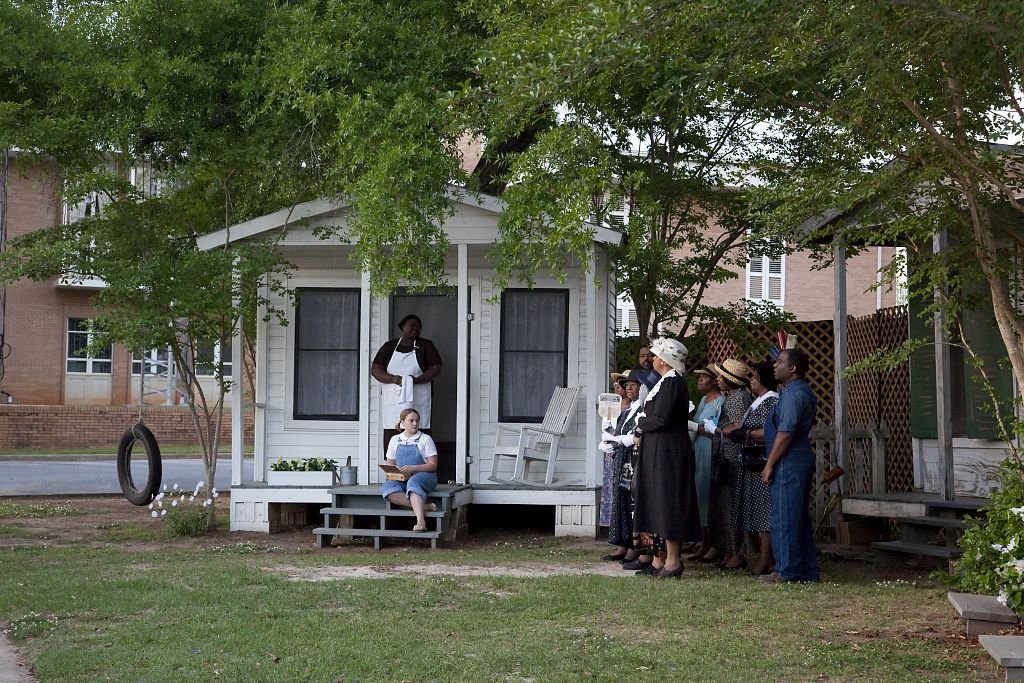
No, “To Kill a Mockingbird” is Not Banned by Poway Unified. It Should Never Be
By Casey Doan
The January decision of a Tenessee School Board to ban “Maus”, a Pulitzer Prize-winning graphic novel about the Holocaust, from eight-grade curriculum, has led to renewed concern across the country of a growing movement to limit expression and control what our children learn about American culture, society, and history. Recent claims have been made that the Poway Unified School District has removed Pulitzer Prize-winning novel “To Kill a Mockingbird” from its high school curriculum.
I grew up in a small, predominantly white middle-class suburban town in Queensland, Australia in the 1980s and 1990s. When I first read Harper Lee’s “To Kill a Mockingbird” I was in Grade 11 or 12, and had recently moved across to the local public school for my senior years of high school. I remember being shook by the violence, the racism, the deep injustice. I was a white Australian teen with zero understanding of what life was like for Black Americans in the Jim Crow era of American history. “To Kill a Mockingbird” was my first glimpse at that, and it truly did awaken something in me; I went on to study journalism, work for the United Nations (including a few years in Bangladesh and Cambodia) and am currently the Palomar Council PTA JEDI (justice, equity, diversity & inclusion) Committee Chair. In this last role, I work in collaboration with the Poway Unified School District (but in no way speak on their behalf here) but predominantly with parents to celebrate our cultural diversity, and to work to ensure ALL children in the district are seen, valued, safe, respected and celebrated. This includes Black, indigenous and other students of color, students with learning differences, LGBTQ+ students and financially impacted students. I am no expert in these issues, but I have a commitment to this work.
I know from my own experience with “To Kill a Mockingbird” that the book presents opportunities for kids - specifically white kids - to learn. It gave me a small view into what life in America’s Deep South during the Great Depression was like. While I can’t recall clearly our classroom discussions on the book, I don’t believe any real, substantive explanation or background was given to us about slavery, Jim Crow laws or broadly what life was like for Black people during the course of the book - issues that are deeply relevant and should be discussed alongside themes and literary devices.
If we consider for a moment what this might look like in a classroom, students and teacher gathered and discussing the lynching of Black people, or the deep seated racism that plagued the South, I cannot help but feel concerned for any Black students in that class. Might they feel uncomfortable? Traumatized? Should we not make every effort to ensure they too feel safe and respected in class?
Talk of “banning” books is a popular (often political) tactic used to create argument and division, but that is not what is happening in Poway Unified School District. Efforts to ban or limit access to literature is deeply concerning and we must always question who and why these efforts occur. “To Kill a Mockingbird” remains on high school class reading lists in Poway despite recent claims that it has been “banned”. Meanwhile the district is working to support teachers in providing additional texts and rigorous classroom instruction. “American Like Me” by America Ferrera, “All American Boys” by Brandon Kiely and Jason Reynolds, and “Clap When You Land” by Elizabeth Acevedo are now approved supplemental texts. This approach gives high school students a choice between two books that tackle similar issues with equal literary rigor, splitting the class into groups who learn in tandem.
I especially appreciate that the work of authors of color are being studied because while Harper Lee was an exceptional writer, she was indeed a white woman. The insight, perspectives and lived experiences shared with us by Black and other authors of color are essential in helping us learn true history that is not the white-washed version so often filtered to our students. As a parent, I am grateful to PUSD for doing this work to diversify curriculum literature and for being responsive to students and their needs.
As a voracious reader and lover of books, I know there is a place for “To Kill a Mockingbird” in our homes and classroom, for those who feel drawn to read it. But for those who feel drawn to read alternative texts, we are spoiled for choice, with so many incredible, powerful titles to choose from.
It does not harm our white students or our teachers to diversify literature lists, while ensuring all students (specifically in this case, Black students) feel seen and respected. Indeed, it is the only kind and responsible thing we can do.
Casey Doan is a white Australian-American, living in Rancho Penasquitos with her Vietnamese-American husband and three children, two of whom currently attend a PUSD elementary school. Casey is the Palomar Council PTA JEDI Chair.
